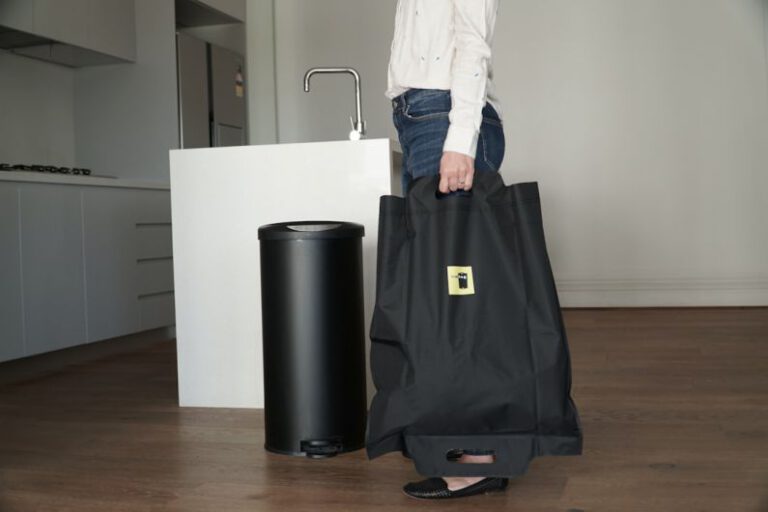Can You Reduce Your Carbon Footprint with a Smart Thermostat?
Climate change is a pressing issue that demands immediate action from individuals, businesses, and governments worldwide. One way to combat this global challenge is by reducing our carbon footprint. A smart thermostat is a cutting-edge technology that has the potential to help individuals lower their energy consumption and decrease their environmental impact. In this article, we will explore the question: Can you reduce your carbon footprint with a smart thermostat?
The Rise of Smart Thermostats
Smart thermostats have gained popularity in recent years due to their ability to optimize energy usage in homes and businesses. These devices are equipped with advanced sensors and algorithms that learn your heating and cooling preferences over time. By automatically adjusting the temperature based on your schedule and habits, smart thermostats can help you save energy and money.
Energy Efficiency at Your Fingertips
One of the key features of a smart thermostat is its ability to be controlled remotely via a smartphone app. This means you can adjust the temperature of your home even when you are away, ensuring that you are not wasting energy heating or cooling an empty space. By being able to monitor and manage your energy usage in real-time, you can make informed decisions that lead to greater energy efficiency.
Customized Heating and Cooling
Another advantage of smart thermostats is their ability to create personalized heating and cooling schedules. By tailoring the temperature settings to your preferences and daily routines, you can ensure that energy is not being wasted when you are not at home. This targeted approach to heating and cooling can result in significant energy savings over time, ultimately reducing your carbon footprint.
Learning and Adapting
Smart thermostats are intelligent devices that can adapt to your behaviors and preferences. By learning your daily patterns, such as when you wake up, leave for work, and return home, a smart thermostat can automatically adjust the temperature to ensure your comfort while minimizing energy use. This proactive approach to heating and cooling can lead to more efficient energy consumption and reduced greenhouse gas emissions.
Integration with Smart Home Systems
Many smart thermostats are compatible with other smart home devices, such as smart lighting and smart appliances. By integrating these systems, you can create a more cohesive and energy-efficient home environment. For example, you can set your thermostat to lower the temperature when you turn off the lights or activate a power-saving mode when you are not at home. This synergy between smart devices can further enhance your efforts to reduce your carbon footprint.
Financial Incentives and Environmental Impact
In addition to the environmental benefits, using a smart thermostat can also lead to cost savings on your energy bills. By optimizing your heating and cooling systems, you can lower your energy consumption and reduce your monthly expenses. Furthermore, by decreasing your reliance on fossil fuels, you are helping to combat climate change and protect the planet for future generations.
Making a Difference, One Degree at a Time
In conclusion, a smart thermostat can indeed help you reduce your carbon footprint by enabling you to make smarter choices about your energy usage. By leveraging advanced technology, personalized settings, and real-time monitoring, you can effectively lower your environmental impact while enjoying a more comfortable and energy-efficient home. Embracing the benefits of a smart thermostat is a proactive step towards sustainability and a greener future for all.






